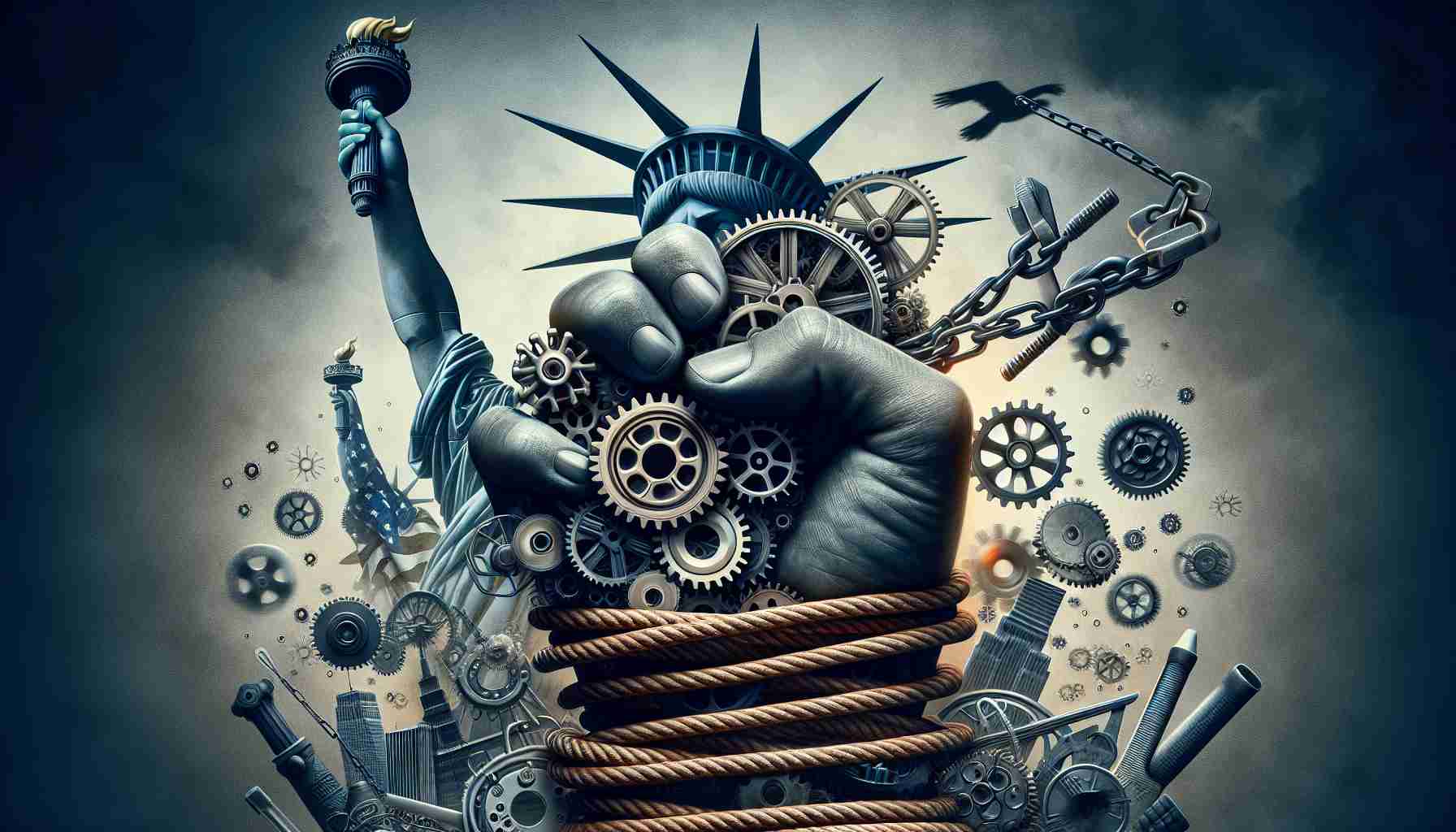Restrictions on Huawei’s Chip Access
The U.S. has escalated its regulatory measures against Huawei by rescinding export permissions for several companies that provide the Chinese tech giant with critical semiconductor components. The revocation of these licenses affects major suppliers like Qualcomm and Intel, and in turn, could create challenges for Huawei’s production of laptops and mobile devices.
Apple Unveils Enhanced iPad Pro with M4 Chip
Apple has announced its first significant update to its iPad line in over a year, introducing a robust M4 chip in the new Pro model. Tim Cook heralded the launch as a historic milestone for the product range. This latest innovation cements Apple’s position in the market, showcasing its commitment to leading in artificial intelligence and device capabilities.
US Government Backs Semiconductor Innovation with New R&D Hub
Committed to advancing the domestic semiconductor industry, the Biden administration announced a significant investment to establish a research and development facility focused on digital twins, signaling a proactive step towards fortifying the U.S. role in global chip production. The initiative, supported by a $285 million allocation from the 2022 CHIPS Act, aims to elevate the training and capabilities of American workers and researchers in this cutting-edge field.
Key Questions and Answers
1. Why has the U.S. intensified regulations on Huawei’s supply chain?
The U.S. has tightened regulations on Huawei’s supply chain primarily due to national security concerns. Huawei has been accused of having ties to the Chinese government and its military, raising fears that its technology could be used for espionage or as a tool for the Chinese government’s interests.
2. What effects will the revocation of export licenses have on Huawei and its suppliers?
Huawei will likely face significant challenges in securing the necessary chips for its products, which could impact its ability to manufacture and sell mobile devices and laptops. Suppliers such as Qualcomm and Intel will lose a customer and potential revenue, potentially impacting their business performance.
Key Challenges and Controversies
– National Security vs. Global Trade: The challenge of balancing national security concerns with the principles of free trade and global cooperation in technology is a significant issue. Some view the U.S. actions as an attempt to curb Chinese technological advancement, while others believe it is a legitimate measure to protect national interests.
– Supply Chain Disruptions: Suppliers who were previously selling components to Huawei must now seek alternative customers or face financial losses. Similarly, companies that rely on Huawei’s technology need to find other solutions.
– International Relations: The U.S. actions against Huawei can strain diplomatic relations with China and may result in retaliatory measures that could escalate into a broader trade conflict.
Advantages and Disadvantages
– Advantages:
– Security: The U.S. measures against Huawei may reduce the risk of potential espionage and protect sensitive U.S. and allied technologies.
– Domestic Industry Support: By restricting Huawei, the U.S. may boost its domestic semiconductor industry, as seen through investments like the R&D hub.
– Disadvantages:
– Economic Impact: This could negatively affect the semiconductor industry globally due to disrupted supply chains and lost revenues.
– Market Competition: Less competition in the market may lead to higher prices and reduced innovation.
For more information about U.S. technology policy and the semiconductor industry, you can visit the following external links:
– U.S. Department of Commerce
– The White House
